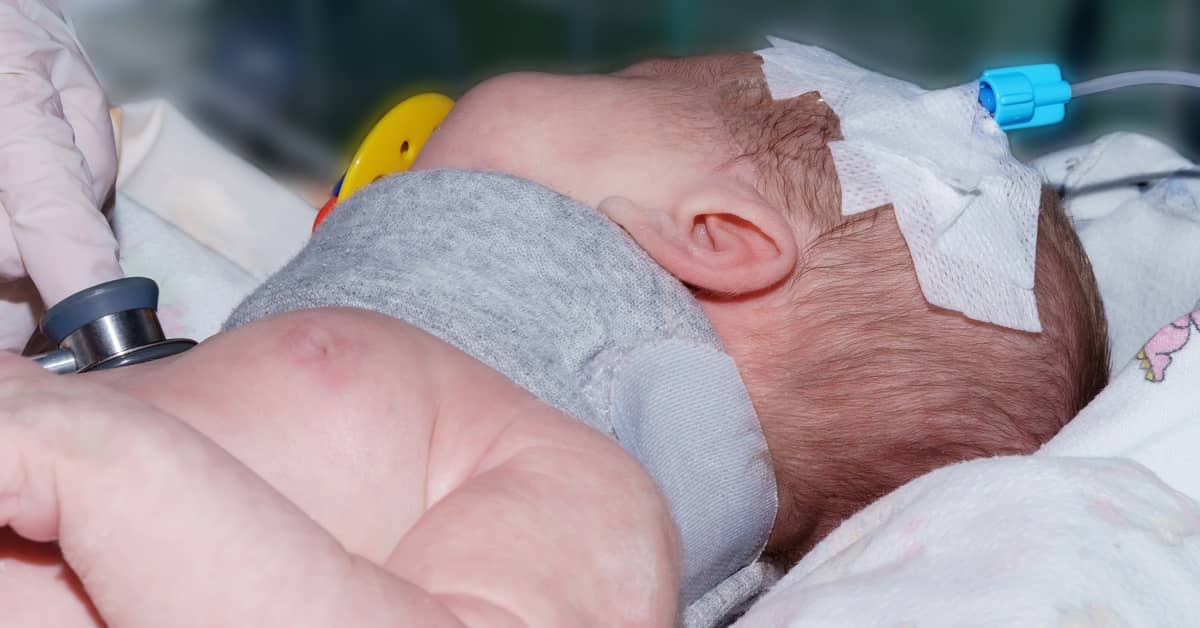Caput succedaneum is a common condition that affects newborns during the birthing process. It refers to the swelling of the soft tissues on top of a newborn’s head, usually caused by pressure exerted on the baby’s head as it passes through the birth canal. While caput succedaneum is generally a temporary and benign condition, there are concerns about the potential for permanent damage in some cases. In this article, we will explore the nature of caput succedaneum, its causes, effects, and whether it can lead to lasting harm.
Understanding Caput Succedaneum:
Caput succedaneum manifests as a soft, fluid-filled swelling on a newborn’s head, often accompanied by bruising or discoloration. This condition typically occurs as a result of the pressure exerted on the baby’s head during the journey through the birth canal. The accumulation of fluid and swelling usually resolves on its own within a few days to a week after birth, as the baby’s body reabsorbs the excess fluid.
Causes and Risk Factors:
The primary cause of caput succedaneum is the mechanical stress and pressure placed on the baby’s head during labor and delivery. Factors that may increase the likelihood of developing this condition include a prolonged labor, use of vacuum or forceps during delivery, and positions of the baby’s head in the birth canal.
Effects and Potential Complications:
Caput succedaneum is generally considered a mild and transient condition. The fluid accumulation and swelling are typically harmless and tend to resolve without intervention. However, in rare cases, there are concerns about potential complications, particularly when the condition is severe or when other factors are involved.
One potential complication is the risk of infection. The soft, swollen tissues could create an environment where bacteria can proliferate, leading to infection. It’s crucial for medical professionals to monitor the affected area and take appropriate measures if signs of infection are present.
Can Caput Succedaneum Lead to Permanent Damage?
In the majority of cases, caput succedaneum does not lead to permanent damage. As mentioned earlier, the swelling usually subsides as the baby’s body reabsorbs the excess fluid, and any bruising or discoloration fades over time. Most newborns recover fully without any lasting effects.
However, in extremely rare instances, severe cases of caput succedaneum could potentially result in complications that might lead to lasting damage. These cases might involve infection, excessive bleeding, or other underlying medical conditions. It’s important for parents and healthcare providers to remain vigilant and address any concerns promptly.
Prevention and Management:
Preventing caput succedaneum is not always possible, as it is often a natural consequence of the birth process. However, medical professionals can take steps to minimize the risk of complications. Gentle handling of the baby’s head during delivery, avoiding unnecessary interventions, and promptly addressing any signs of infection are essential preventive measures.
Conclusion:
Caput succedaneum, while generally a benign condition, can lead to concerns about potential permanent damage in severe cases. However, the overwhelming majority of newborns who experience caput succedaneum recover fully without any lasting effects. Parents should be aware of the condition, its causes, and potential complications, and should promptly consult healthcare professionals if they have any concerns about their baby’s health. The key lies in vigilance, communication with medical experts, and providing proper care to ensure the best possible outcomes for newborns.

